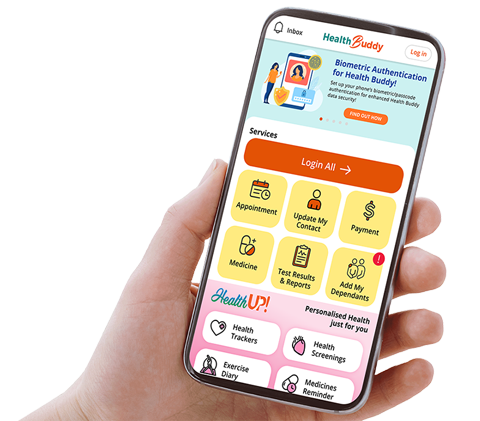KK Women's and Children's Hospital will NEVER ask you to transfer money over a call. If in doubt, call the 24/7 ScamShield helpline at 1799, or visit the ScamShield website at www.scamshield.gov.sg.
Mandible
Plastics
3D skull printing is a crucial asset in craniofacial surgery, providing a tangible model that enhances pre-surgery planning and improves patient outcomes. The complexity of craniofacial deformities makes visualization challenging, but detailed 3D models from patient CT scans allow surgeons to better understand the anatomy and customize their surgical approach. These models facilitate patient-centered care by improving communication, reducing anxiety, and fostering collaboration between patients and healthcare providers. Additionally, they enhance multi-disciplinary team discussions, leading to optimal patient outcomes.
By simulating surgery on the printed model, surgeons can familiarize themselves with the anatomy, reducing surgical time and preparing specific tools and guides in advance. This preparation contributes to improved aesthetic and functional results, as well as effective post-surgery monitoring by comparing pre- and post-operative models.
Moreover, 3D models serve as valuable training tools for medical education, offering interactive learning experiences for residents beyond traditional methods.
In this presented case, the patient is a 2 year 3 month old child with complex multi-sutural craniosynostosis with the tip of the right transparietal ventriculoperitoneal shunt very close to the right lateral ventricle. Surgical intervention was not available in the home country. With the 3D model, surgery was pre-planned and communicated to parents and referring surgeon. Patient underwent a 2 staged surgery: cranial vault distraction and post-distraction cranioplasty. Patient recovered post-operatively well and was able to return home after 3 weeks of post-surgery care.
Stay Healthy With
© 2025 SingHealth Group. All Rights Reserved.
















